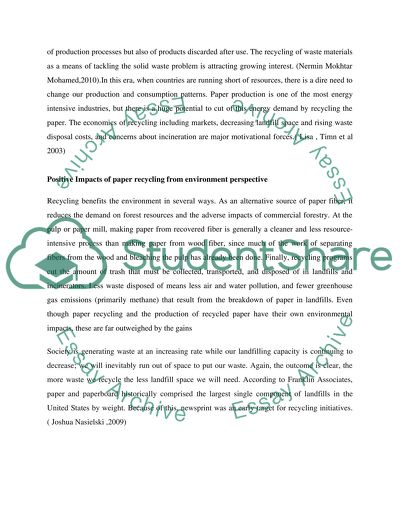Cite this document
(“Setting up a paper recycling plant: discuss advantages and Literature review”, n.d.)
Retrieved from https://studentshare.org/gender-sexual-studies/1417448-setting-up-a-paper-recycling-plant-discuss
Retrieved from https://studentshare.org/gender-sexual-studies/1417448-setting-up-a-paper-recycling-plant-discuss
(Setting up a Paper Recycling Plant: Discuss Advantages and Literature Review)
https://studentshare.org/gender-sexual-studies/1417448-setting-up-a-paper-recycling-plant-discuss.
https://studentshare.org/gender-sexual-studies/1417448-setting-up-a-paper-recycling-plant-discuss.
“Setting up a Paper Recycling Plant: Discuss Advantages and Literature Review”, n.d. https://studentshare.org/gender-sexual-studies/1417448-setting-up-a-paper-recycling-plant-discuss.


